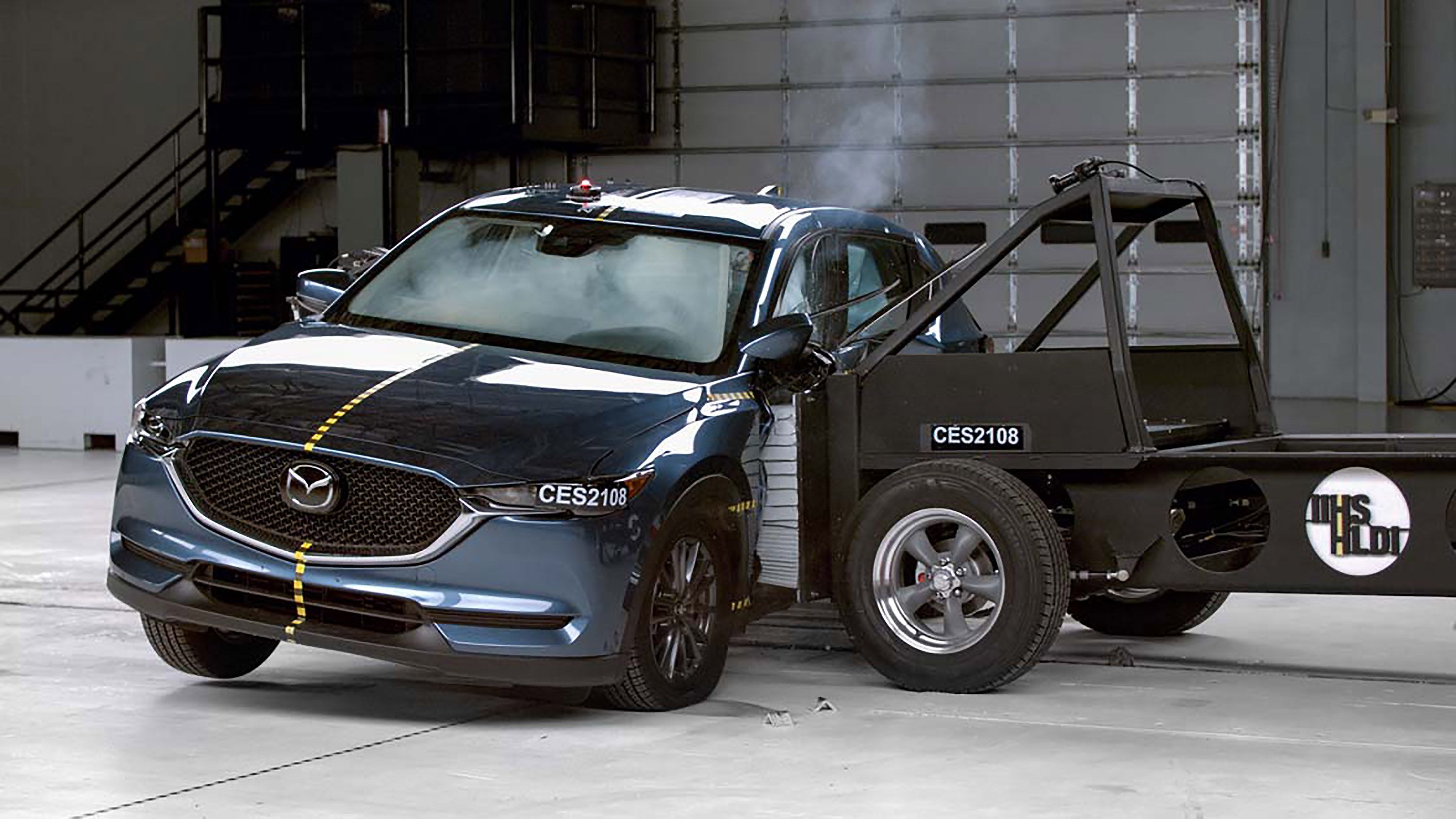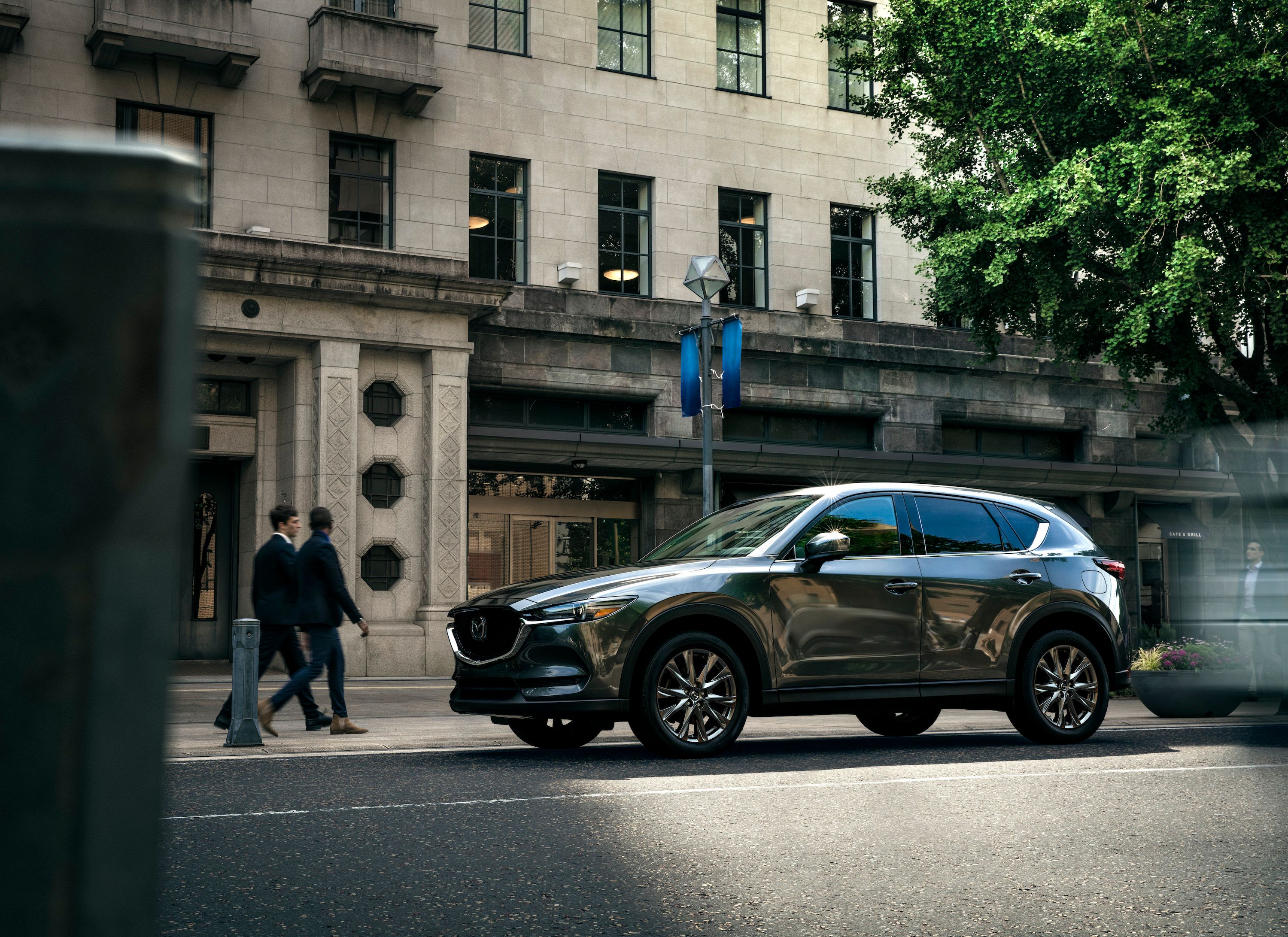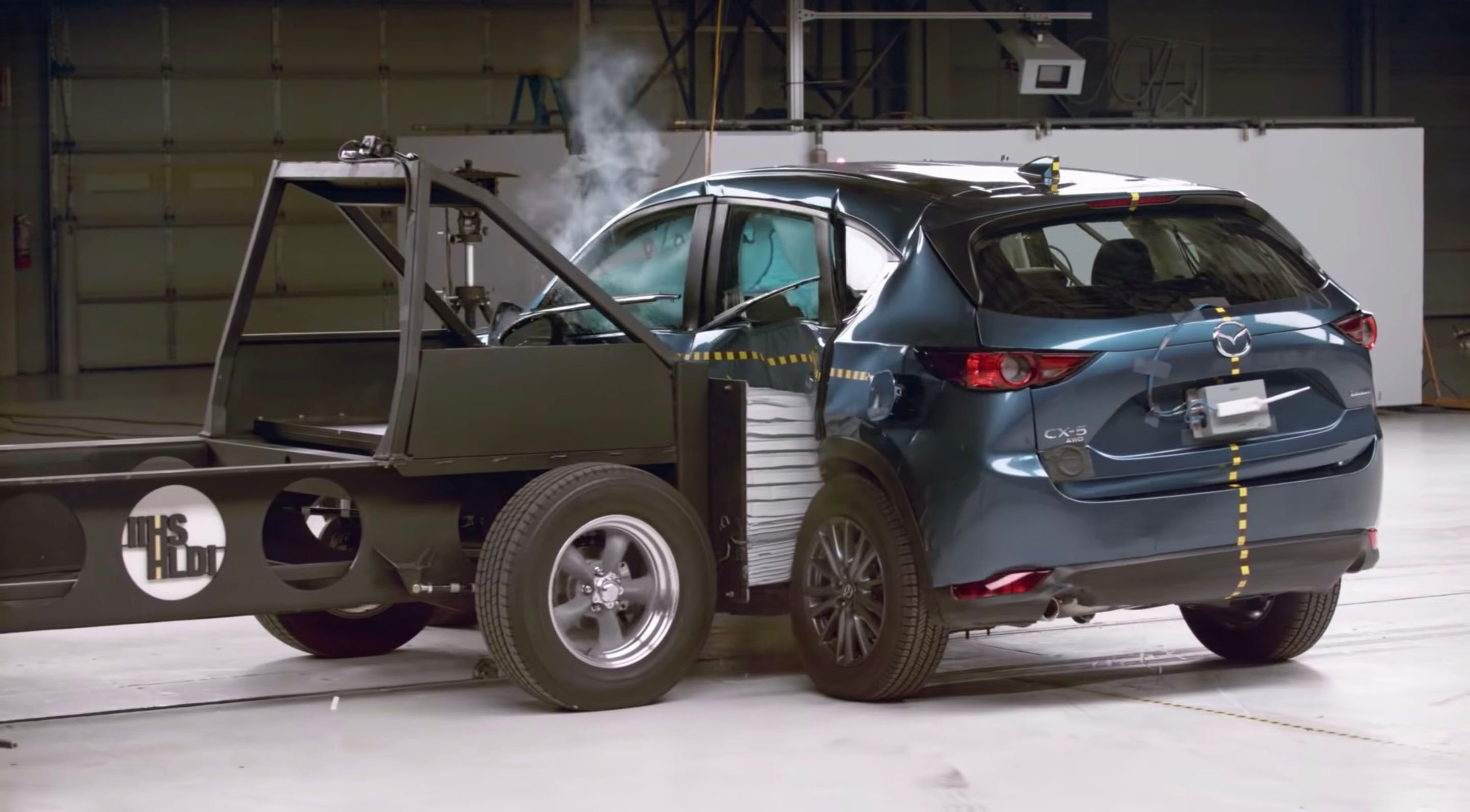High-speed side crashes continue to cause fatalities, which is why the Insurance Institute for Highway Safety (IIHS) is updating its testing methods in a bid to make cars safer. The results for the small SUV segment, however, are disappointing - unless you're Mazda that is.
For this new side crash test, only the Mazda CX-5 achieved a "Good" rating. These results are expected according to the IIHS, especially since this is a new, more stringent test series for 2020-2021 model year vehicles.
This study, however, highlights how well-engineered the Mazda CX-5 is. While the CX-5 that was tested is a 2021 model year, Mazda is quick to highlight that the structure of their small SUV has remained largely unchanged since the 2017 model year.
Nine other vehicles were rated "Acceptable", and these are the Audi Q3, Buick Encore, Chevrolet Trax, Honda CR-V, Nissan Rogue, Subaru Forester, Toyota RAV4, Toyota Venza, and Volvo XC40.
Eight other vehicles, namely the Chevrolet Equinox, Ford Escape, GMC Terrain, Hyundai Tucson, Jeep Compass, Jeep Renegade, Kia Sportage, and Lincoln Corsair, received "Marginal" ratings.
Lastly, the Honda HR-V and Mitsubishi Eclipse Cross were rated "Poor".
These results will carry over to the 2022 model year, except for the Tucson and Compass. The Mitsubishi Eclipse Cross skipped the 2021 model year, so it was the only 2020 model year vehicle that was tested.
The updated side crash test now involves a heavy barrier traveling at a higher speed. Weighing in at 4,180 pounds and traveling at 37 mph, the new barrier closely mimics today's wide range of midsize SUVs. The original side crash test, which was introduced in 2003, involved a lighter 3,300 barrier traveling at 31 mph. These changes have resulted in an 82 percent increase in crash energy.
With these results in mind, will you consider the Mazda CX-5 when shopping for a crossover SUV?



